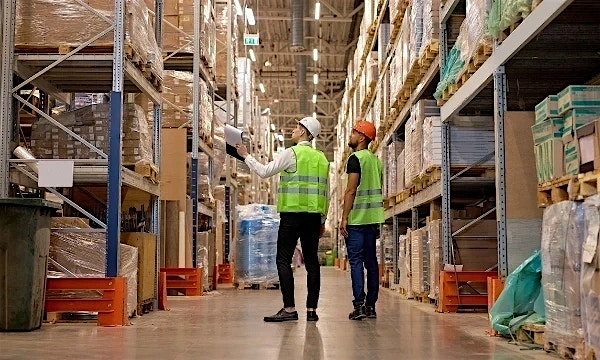Overview
Accelerate your organization’s evolution with intelligent, AI-driven solutions that seamlessly integrate the digital and physical worlds. Our Physical AI and AIoT offerings transform operations by embedding intelligence into every layer of your enterprise, from products and assets to processes and platforms.
With GenAI, digital twins and software-defined operations, we minimize risks, reduce time to value and unlock new efficiencies. Guided by data and powered by AI, we empower your business to lead in the era of intelligent operations.

We think these topics might interest you
Case Studies
Trends and Insights
Talk to our experts
HCLTech enables enterprises to harness Physical AI and AIoT through intelligent, scalable solutions that bridge the digital and physical worlds. With expertise in AI, edge computing and OT/IT convergence, we deliver secure systems that drive operational excellence and measurable outcomes.
Ready to lead with intelligence at the edge? Get in touch with us today.












